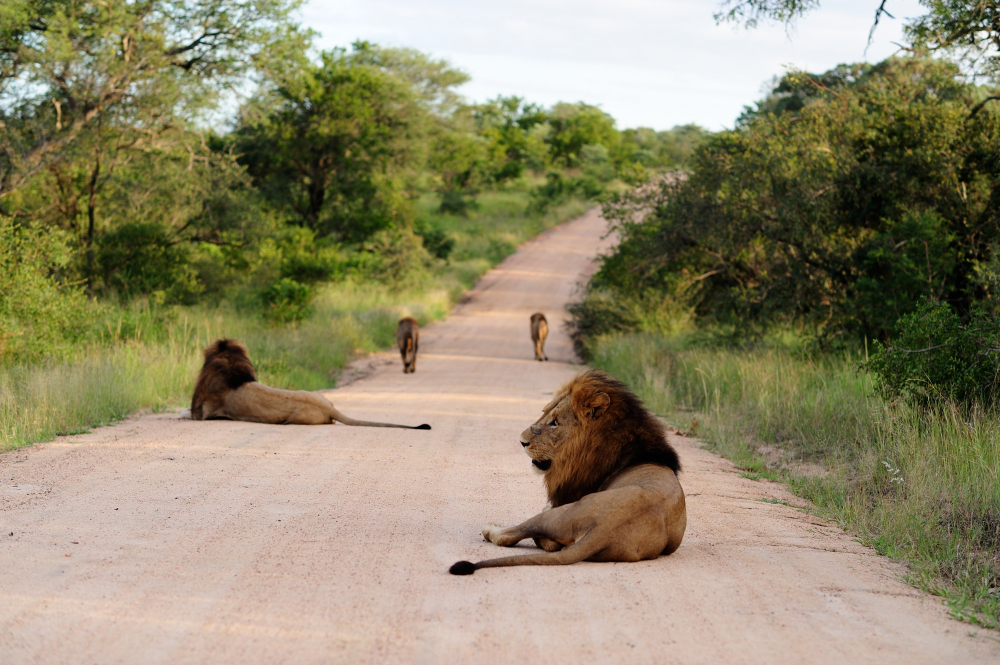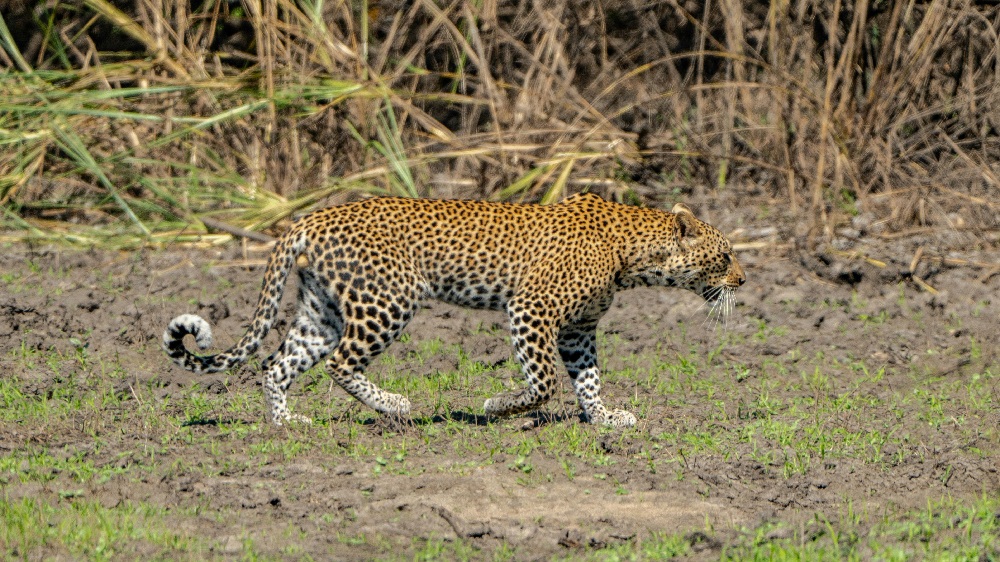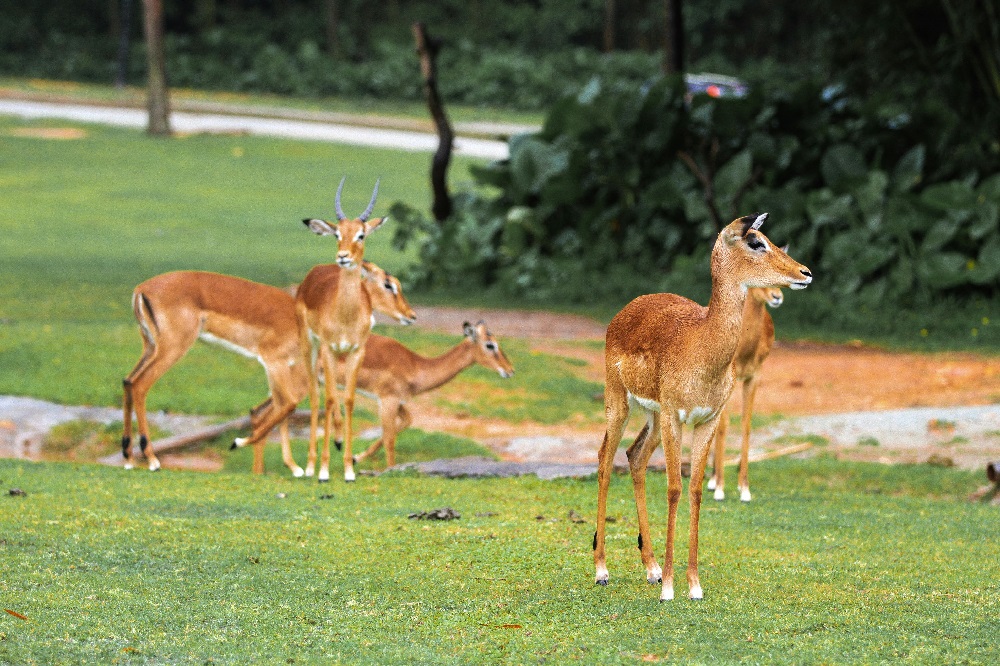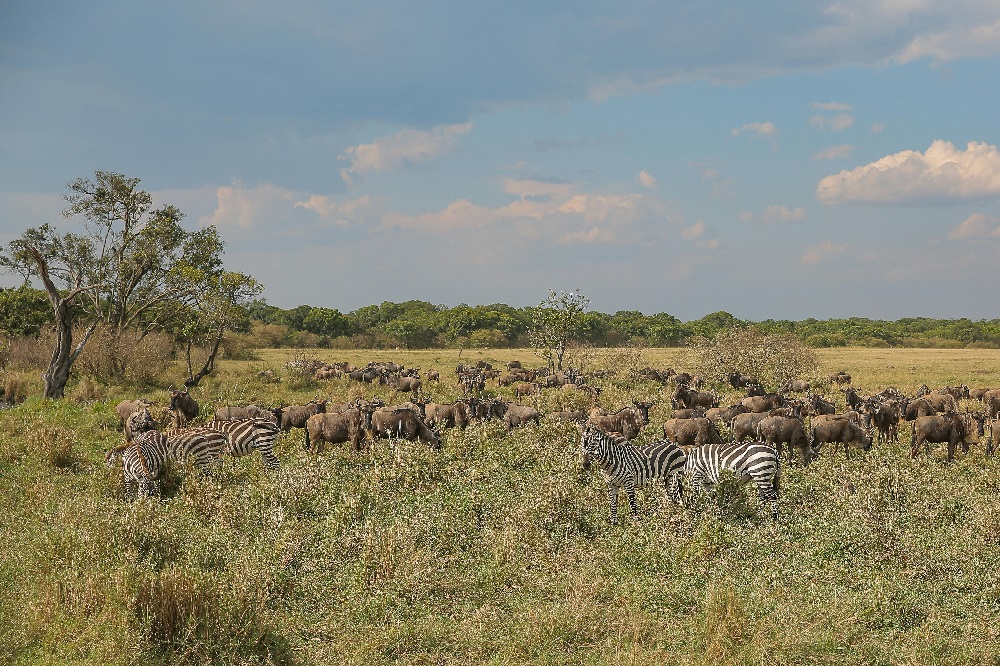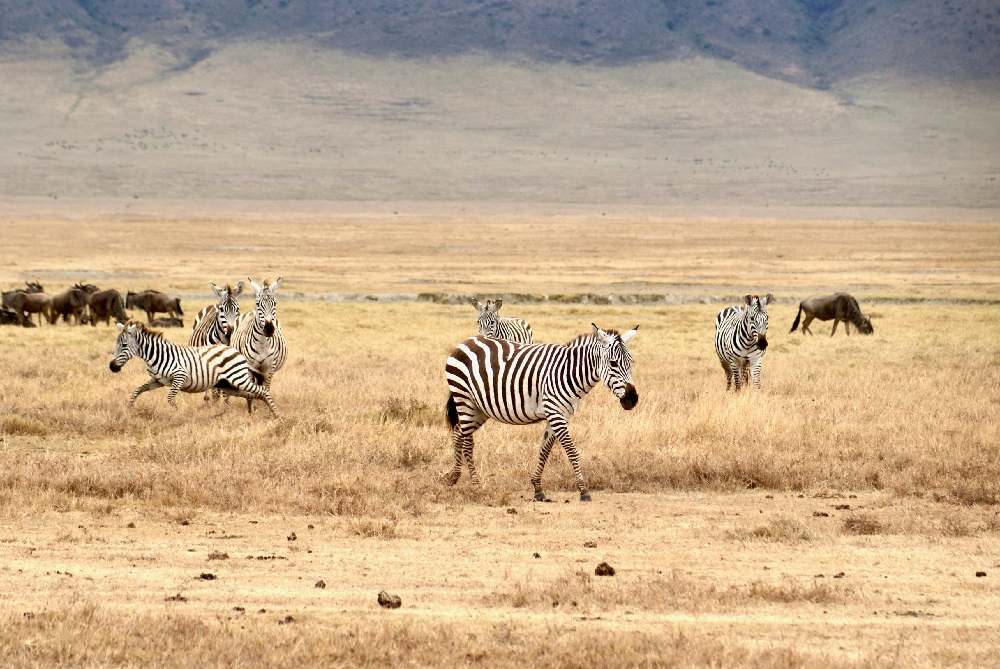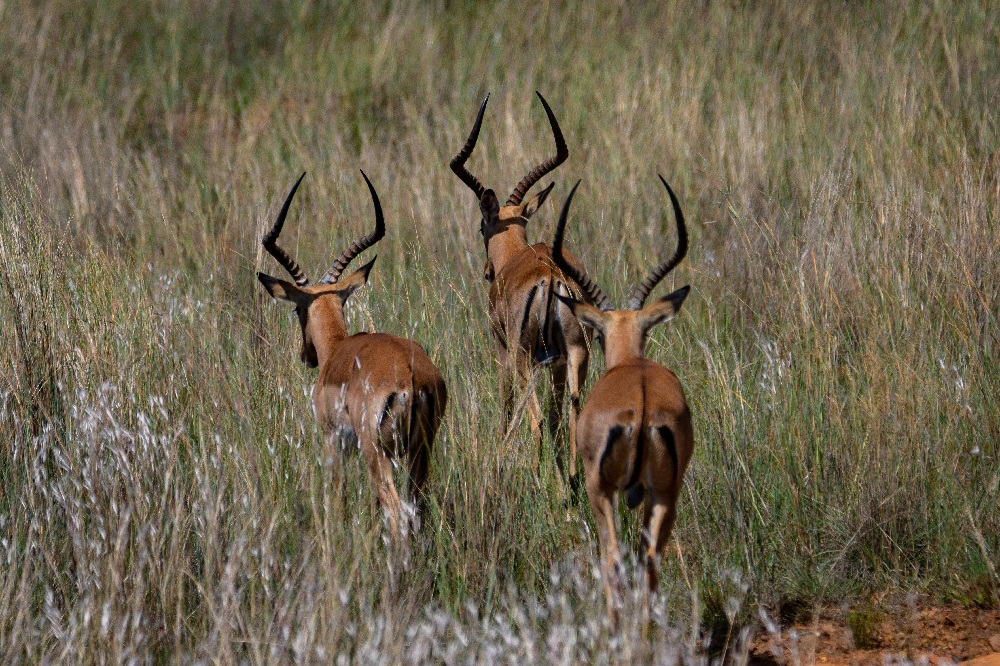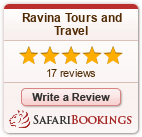Queen Elizabeth National Park is one of Uganda’s most famous and most visited parks. It is located in the western part of the country, near the border with the Democratic Republic of Congo. The park covers around 1,978 square kilometers and is named after Queen Elizabeth II of England. It is known for its rich wildlife, beautiful landscapes, and wide variety of activities. From game drives to boat cruises and chimpanzee tracking, Queen Elizabeth National Park offers something for every type of traveler.
Landscapes and Ecosystems
Queen Elizabeth National Park has a wide range of landscapes, which makes it a great place for exploring. There are open savannahs, swamps, forests, volcanic craters, and large lakes. The most well-known features of the park are Lake Edward and Lake George, which are connected by the Kazinga Channel. This channel attracts many animals and birds and is one of the best places to view wildlife from a boat. The park also includes parts of the Rwenzori Mountains and the Kyambura Gorge.
Wildlife in the Park
Queen Elizabeth National Park is home to about 95 mammal species, making it one of the best parks in East Africa for seeing animals. You can see elephants, buffaloes, hippos, lions, leopards, warthogs, Uganda kobs, waterbucks, bushbucks, and many types of antelope. One of the most exciting highlights is the chance to see tree-climbing lions in the Ishasha sector in the southern part of the park. These lions are known to rest in fig trees during the day, a behavior rarely seen in other places.
Bird Watching Paradise
Queen Elizabeth is also one of the best bird-watching areas in Africa. The park has over 600 bird species, including many rare and colorful birds. Along the Kazinga Channel and near the lakes, you can spot fish eagles, pelicans, storks, herons, kingfishers, and flamingos. In the forests, you may find turacos, hornbills, and the shy shoebill stork. Birding is good all year round, but it’s especially exciting from November to April when migratory birds are present.
Kazinga Channel Boat Cruise
One of the most popular activities in Queen Elizabeth National Park is a boat cruise along the Kazinga Channel. This natural waterway connects Lake Edward and Lake George and is filled with animals and birds. During the cruise, you can see hippos, crocodiles, elephants, buffaloes, and many bird species. The boat gets close to the animals without disturbing them, making it perfect for photographers and nature lovers. The cruise usually lasts about two hours and runs in the morning and afternoon.
Game Drives and Wildlife Viewing
Game drives are a great way to explore the park’s savannah areas. Most game drives take place in the Kasenyi Plains, where you can see large herds of antelope, lions, and sometimes leopards. Morning and evening game drives are the best times to see animals when they are most active. Guided game drives with experienced rangers increase your chances of spotting wildlife and learning more about the park’s ecosystem.
Chimpanzee Tracking in Kyambura Gorge
Queen Elizabeth National Park is also a good place to see primates. In the Kyambura Gorge, visitors can go on guided walks to track chimpanzees. The gorge is sometimes called the “Valley of Apes” because of its steep forested walls and the chimpanzees that live there. The tracking experience takes a few hours, and while sightings are not guaranteed, the walk through the beautiful gorge is rewarding. Other primates like black-and-white colobus monkeys and vervet monkeys can also be seen.
Crater Lakes and Scenic Views
The park is dotted with ancient volcanic craters that now form small crater lakes. These areas offer incredible views and are good for short walks and scenic drives. One of the best places to visit is the Katwe Crater area, where you can see old salt mining pits and enjoy panoramic views of the park. Local people still collect salt here using traditional methods. The craters also attract animals and birds, making them great spots for quiet nature viewing.
Cultural Experiences
Queen Elizabeth National Park is surrounded by local communities, and visitors have the chance to experience the culture and way of life of the people who live near the park. You can visit villages, watch traditional dances, learn about local crafts, or join a guided nature walk led by community guides. These cultural experiences help support conservation and allow travelers to understand how people and wildlife live together.
Best Time to Visit
The park can be visited throughout the year, but the best time for game viewing is during the dry seasons—from June to September and from December to February. During these months, the roads are easier to drive on, and animals gather near water sources. The wet seasons (March to May and October to November) bring beautiful green landscapes and are great for bird watching, although some roads may become muddy.
How to Get There
Queen Elizabeth National Park is about 6 to 7 hours by road from Kampala, Uganda’s capital. You can also fly to nearby airstrips such as Mweya or Kasese from Entebbe for a faster journey. Most visitors reach the park as part of a longer safari that also includes Bwindi, Kibale, or Murchison Falls. The park has good road access and several entry gates, making travel convenient.
Where to Stay
There are many accommodation options in and around the park. These range from luxury lodges to budget campsites. Some popular choices include Mweya Safari Lodge, Kyambura Gorge Lodge, and Ishasha Wilderness Camp. Many lodges are located along the Kazinga Channel or with views of the crater lakes. Booking early is advised during the peak season.
Conclusion
Queen Elizabeth National Park is a top safari destination in Uganda. It offers amazing wildlife viewing, rich birdlife, boat cruises, chimpanzee tracking, and cultural experiences—all in one park. Whether you are watching lions hunt on the plains, enjoying a peaceful boat ride on the Kazinga Channel, or walking through the Kyambura Gorge, Queen Elizabeth National Park promises a safari you will never forget.

